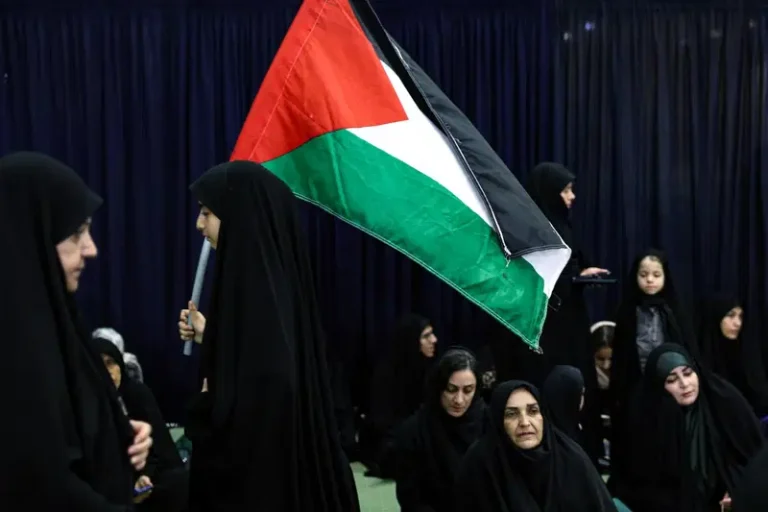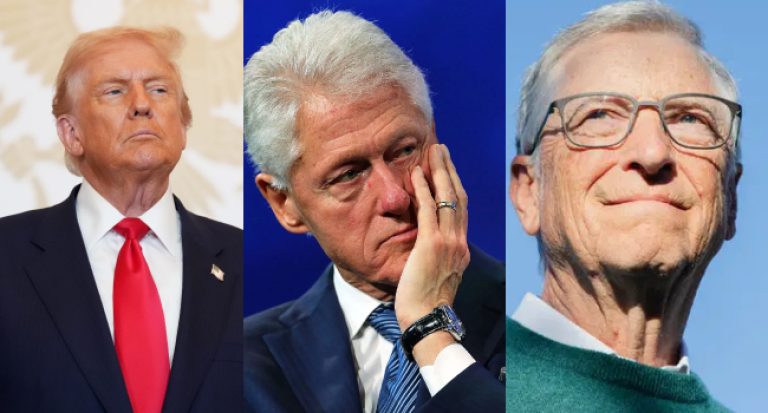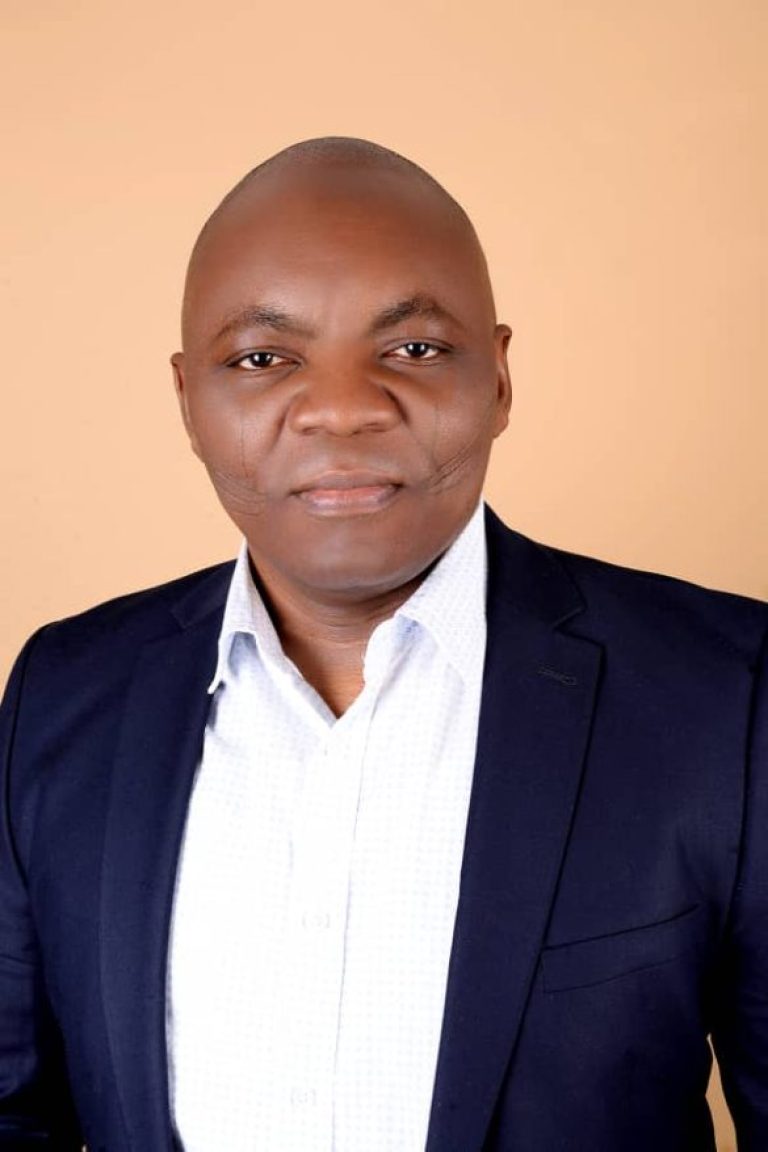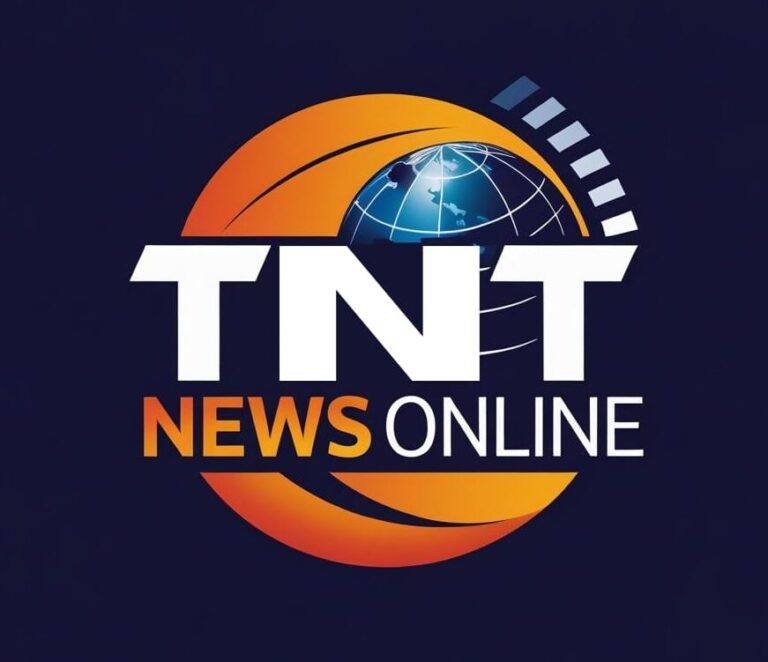President Joe Biden dispatched CIA Director Bill Burns to Moscow earlier this week to warn the Kremlin that the US is watching its buildup of troops near Ukraine’s border closely, and to attempt to determine what is motivating Russia’s actions.
The rare trip by Burns to Russia, where he held talks with senior Kremlin security officials directly involved in the military activity, came as the US has grown increasingly concerned by Russia’s irregular movement of troops and equipment near Ukraine’s northern border, according to multiple US and Ukrainian sources briefed on the meeting.
The Biden administration has ramped up its efforts in recent days to de-escalate growing tensions between Moscow and Kiev. Following his meetings in Russia, Burns spoke to Ukrainian President Volodymyr Zelensky by phone in an attempt to diffuse those tensions, the sources told CNN. A senior State Department official was also dispatched to Kiev on Thursday to support those efforts.
The flurry of high-level diplomacy underscores how seriously the Biden administration is taking the latest Russian troop movements, even after an earlier buildup in the spring ultimately did not lead to a renewed invasion. Tensions between Ukraine and Russia have also been exacerbated in recent weeks by a deepening Ukrainian energy crisis that Kiev believes Moscow has purposefully provoked.
“The buildup, coupled with the energy blackmail, does suggest a more aggressive Russian posture,” an adviser to Zelensky told CNN.
Pentagon press secretary John Kirby said on Friday that the “scale” and “the size of the units that we’re seeing” from Russia is “unusual.”
“We continue to monitor this closely, and as I’ve said before, any escalatory or aggressive actions by Russia would be of great concern to the United States,” he said.
Burns as key intermediary
Assessments on Russia’s motives differ widely within the administration, with some sources telling CNN they believe Russia could be preparing for an invasion, while others suggest they are conducting an exercise, or simply trying to intimidate Ukraine.
And publicly, Ukraine has downplayed the idea that Russia is building up its military presence near the border beyond normal levels. Russia has “established a practice of “transferring and accumulating military units for the purpose of maintaining tension in the region and political pressure on neighboring countries,” Ukraine’s Defense Ministry said on Tuesday.
But in an effort to prevent any kind of escalation, Biden dispatched Burns to Moscow on Tuesday, where he met with Kremlin officials to try to deter any plans for an offensive by conveying that the US is closely monitoring the troop movements, according to people briefed on their meeting.
Burns also brought up US concerns that Russia is close to using its gas exports as leverage, with Ukraine and other European nations forecast to suffer energy crises heading into winter.
After his meetings in Moscow, Burns called Zelensky on Wednesday to convey the administration’s concerns over Russia’s behavior and reassure him that the US is closely tracking the Russian activity, according to a person with direct knowledge of the call.
Satellite images taken by Maxar Technologies on Monday demonstrate the kind of irregular Russian troop and equipment movements that US officials are worried about. The images show Russian troops, tanks and artillery massing near the Russian town of Yelnya, and the Biden administration is more concerned than it was in the spring that Russia could launch an invasion, two senior US officials said.
In response to questions about the satellite images, Putin spokesman Dmitry Peskov told reporters this week that “The movement of our military equipment or army units across the territory of the Russian Federation is exclusively our business.” He added that “Russia has never threatened anyone, is not threatening, and does not pose a danger to anyone. But against the background of rather aggressive expansionist tendencies, especially on the part of NATO and other countries, Russia has always taken measures to ensure its security and will continue to do so.”
But one US official told CNN that the US has “serious concerns” about the Russian build up, adding, “It would be foolish for us not to be considering the possibility of an invasion or incursion.”
Another State Department official and a senior congressional aide noted that the US concerns stem largely from the fact that Russia appears to be putting pieces into place should it want to take action against Ukraine quickly.
“It is certainly an unprecedented buildup, and if Russia wanted to invade Ukraine, it has the capability and capacity to overwhelm Ukrainian forces,” the aide said. “With such a large buildup, Putin could order an invasion at any time and there would be very little warning.”
Intense outreach to allies
European diplomats in the US and Europe say that the US has been conducting intense outreach about Russia, an effort that began in just the last few days.
“The administration is very, very concerned—this is the most concerned I’ve heard them about Russia in a really, really long time,” said one diplomat. “I wouldn’t underestimate this. They’re doing a massive outreach to raise awareness about this.”
The concerns the US is sharing are “pretty specific” said another diplomat, who echoed others in saying that they are now being carefully and closely examined in European capitals, where perceptions of the Russian threat vary. Even so, diplomats from five different European countries acknowledged that the trendline of Russian actions in relation to Ukraine have been worrying.
Concerns over the Kremlin’s intentions stem from Russia’s invasion of the Crimean peninsula in 2014. The international community, led by the US, imposed sanctions on Russia for the subsequent illegal annexation of the Ukrainian territory, but the multilateral sanctions have done nothing to push Russia back from the peninsula. Putin has made clear his plans to keep Russian forces there, despite international opposition.
“They’re definitely being taken very seriously,” the second diplomat said. “There is clearly a trend line over here — you can go back all the way to 2014, of course,” when Russia invaded Crimea. “But since the spring of this year,” a constellation of developments has drawn attention, including the Russian escalation around Ukraine, the only partial withdrawal of those troops, Russia’s move to leave some military hardware behind on the border, and a sharpening of Russian rhetoric about Ukraine.
Diplomats noted an article President Vladimir Putin wrote this summer, which one diplomat described as a “revisionist manifesto” about Ukrainian history meant to fit Russian arguments and deny the foundation for a Ukrainian state. More recently, Dmitry Medvedev, deputy chairman of Russia’s Security Council, wrote a similar article denigrating Ukraine and its leaders.
Watching ‘with all of our capabilities’
The administration is far from reaching a consensus on Russia’s intentions, however, and other defense officials told CNN they have not seen indications that Russia is preparing for a sustained operation like an invasion. That would require supplies to be brought into the area like food, fuel and spare parts, the officials said.
Joint Chiefs Chairman Gen. Mark Milley said this week the US wasn’t seeing anything to indicate an imminent Russian move on Ukraine, but he still expressed concern at the “significant amount” of military movements along the border.
Speaking to NBC’s Lester Holt at the Aspen Security Forum, Milley said the Russian activity was “nothing overtly aggressive per se,” but he cautioned that the US is watching the movements “with all of our capabilities.”
Ukrainian officials, meanwhile, say they do not believe the US has done enough to deter Russian aggression. Kiev has been pushing the US to do more to stop the Russia-Germany gas pipeline known as Nord Stream 2 from becoming fully operational, which will allow Russia to bypass Ukraine entirely when delivering gas to Europe and, Kiev argues, make Ukraine even more vulnerable to Russian advances.
But the Biden administration waived some sanctions on Nord Stream 2 earlier this year, organized a summit with Putin in June, and has been trying to find common ground with Moscow on issues like ransomware and nuclear stability.
“The best signal the administration could send to Russia right now, to show that there are repercussions for their behavior, would be to reverse course on Nord Stream 2,” the Zelensky adviser said.
US Secretary of State Antony Blinken met with Zelensky on the sidelines of the UN’s climate summit earlier this week, where they discussed joint concerns about the unusual Russian military movement and the country’s potentially coercive use of its energy supplies, a State Department official said. Those subjects will be revisited when Ukrainian Foreign Minister Dmytro Kuleba travels to Washington for talks with Blinken next week, the official said.
(CNN)







